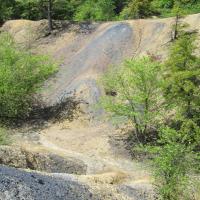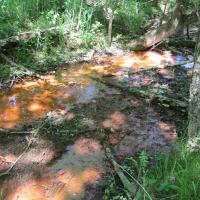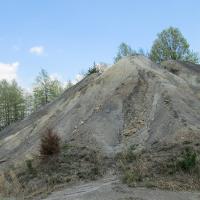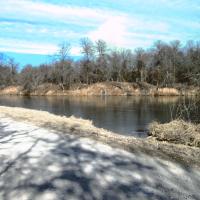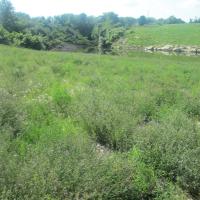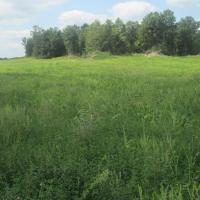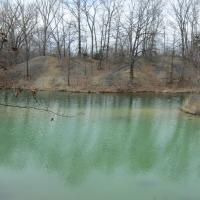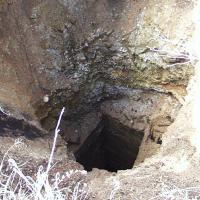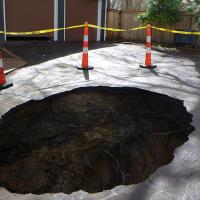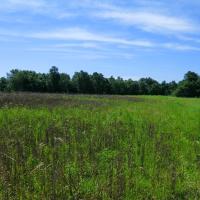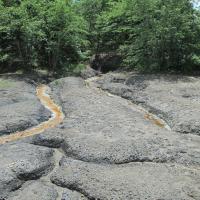Abandoned mine lands are areas — land, water and surrounding watersheds — where ore and mineral mining or processing has occurred. As the ore and minerals were extracted and eventually depleted, mining operations were abandoned or moved to other locations. These abandoned areas pose physical safety and environmental hazards.
The Missouri Department of Natural Resources’ Land Reclamation Program was established in 1974, to regulate present mining operations and reduce or eliminate the issues caused by past coal mining operations. Abandoned mine land reclamation took a giant step forward in 1977, when the U.S. Congress enacted Public Law 95-87, the Surface Mining Control and Reclamation Act, or SMCRA. The act outlined specific requirements for reclaiming lands mined after May 2, 1977. It also established programs and funding for reclaiming abandoned mine lands. In January 1982, Missouri received approval from the U.S. Department of the Interior's Office of Surface Mining to operate Missouri's abandoned mine land program and conduct reclamation work in Missouri.
Missouri's Abandoned Mine Land Program is administered by the Land Reclamation Program's Abandoned Mine Land section. Most abandoned mine lands in Missouri do not require reclamation and provide wildlife habitat and outdoor recreational opportunities such as hunting and fishing. The department offers technical assistance to owners of abandoned coal mine lands. Staff can provide expertise in soils, revegetation and water quality. For more information about Missouri's Abandoned Mine Land Program, review the department's Abandoned Mine Lands - PUB2066 fact sheet. Please contact us for technical assistance or to report issues that relate to coal mines.

